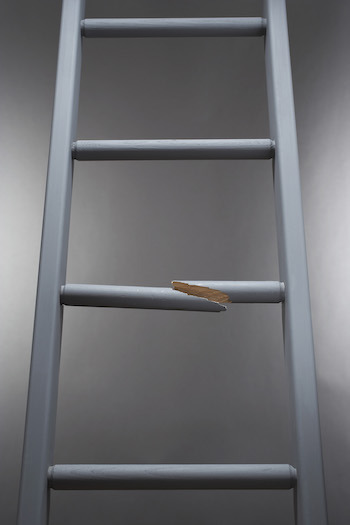On this page is a bond yield to worst calculator. Depending on the characteristics of a bond and its current market price, it computes the yield to worst – the worst yield you could see between any call features or maturity (but see the note below).
Yield to worst is the lower of yield to maturity or yield to call.
Importantly, it assumes that all payments are made on time and the issuer doesn't default.
Bond Yield to Worst Calculator
Yield to Worst Calculator Inputs
- Current Bond Trading Price ($) - Today's trading price on the bond.
- Bond Face Value/Par Value ($) - The face value ("par value") of the bond.
- Years to Maturity - The numbers of years until the bond matures.
- Annual Coupon Rate (%) - Annual percentage paid on the face value of the bond.
- Coupon Payment Frequency - How often the bond makes coupon payments.
- Is the Bond Callable? - "Is the bond in question callable?". Essentially, does the bond have a prepayment or early redemption feature.
- (If callable) Price to Call ($) - Generally, callable bonds have some premium if they choose to exercise the option (more than the par value). Enter that here, or enter the bond face value if it doesn't exist.
- (If callable) Years to Call - How long from the current date is the first opportunity for the bond to be called.
Bond YTW Calculator Outputs
- Yield to Worst (%) - The lowest ongoing yield you'll earn between either yield to maturity or yield to call.
- Worst comes from - Either yield to maturity or yield to call depending on which is a lower yield
What is Bond Yield to Worst?

Bond yield to worst is a hybrid measure of yield to maturity or yield to call. YTW is the lowest of yield to maturity or yield to call assuming the issuer doesn't default.
To compute yield to worst manually, calculate yield in both ways including yield to call assuming the bond is called when that option becomes available. Or, make it a bit easier on yourself and use our calculators:
Note once again: Even though 'worst' is in the phrase, YTW assumes all payments are on schedule and the issuer doesn't default. (A default is – presumably – the actual worst case.)
Why Use Yield to Worst?
Yield to Worst is an investor-focused measure: it answers what's the lowest yield you might see on your bond investment. That is, again – assuming the issuer doesn't default.
Assuming the issuer is perfectly rational and there are no other extenuating circumstances, you can make some behavioral assumptions based on the yields.
A rational issuer will either call a bond if it makes sense financially or otherwise let a bond mature normally. That model doesn't necessarily hold up in the real world, but it's a reasonable view when evaluating your investment options.
You should always calculate yield to worst on any bonds you consider for investment. If your bond isn't callable (and the issuer doesn't default!), you'll pick up the yield to maturity for the entire time-frame. And if it is callable, you'll want to calculate yield both ways and assume you'll capture the lower of the two yields.
If you beat yield to worst while actually investing? Congrats...
...but please base your assumptions on the more pessimistic number.
Financial Basics and Bond Valuation Calculators
Use the Yield to Worst in place of either Yield to Call or Yield to Maturity – even if it doesn't play out, it's best to assume the worst. Being overly conservative with your bond modeling means you can only be pleasantly surprised.
Always beware the overall risk of the bond, but keep yield to worst in mind when investing.
If you're interested in the topic, Wikipedia also gives a decent overview of bond valuation.
Yield to Worst on a Bond
For other calculators in our financial basics series, please see:
